City’s Urban Forest Fights Climate Change
Unlike in some cities Milwaukee’s urban forestry program is not in decline.
Across the country, in cities like Boston, Atlanta, Cleveland, Chicago, Houston, Spokane and Los Angeles, the urban forest is declining, according to a story by the New York Times. “Research shows that American cities and towns lose the canopy of 36 million trees every year,” the story notes.
But Milwaukee’s forestry program, though it faces some challenges, has seen little reduction in the number of “street trees,” as officials refer to it. “We have about 189,000 street trees,” says Randy Krouse, Forestry Services Manager for the Department of Public Works. “That has varied between around 190,000 and 195,000 over the years. It’s been pretty stable.”
Milwaukee’s canopy of trees has been estimated to have $19 to $20 million in annual benefits, Krouse tells Urban Milwaukee, including added property value, energy savings and stormwater retention. If anything that value has increased since the advent of climate change, which is causing extreme heat waves that now leads to 12,000 deaths annually, the Times reports.
“Trees can lower air temperature in city neighborhoods 10 lifesaving degrees, scientists have found. They also reduce electricity demand for air conditioning, not only sparing money and emissions, but helping avoid potentially catastrophic power failures during heat waves,” the story notes.
But while trees can fight climate change, global warming is also making it harder for some species of trees to survive, as Andrea Diss-Torrance, a forest specialist for the Wisconsin Department of Natural Resources, tells Urban Milwaukee. White birches and red pine trees, she notes, “are starting to have problems with increasing summer heat.” The heat causes stress, making the trees more vulnerable to pests that can weaken and kill them.
“We expect to see red pines and white birches to move further north,” she adds, while oak trees, which can better handle the heat, become more dominant south of the North Woods. As temperatures rise, “some trees will be harder to grow and some will be easier to grow,” she notes.
While many ash trees have been lost, the city still has about 28,000, he notes. The street trees includes many types. The forest is currently 37.6% Norway Maple, 14.6% Ash, 10.2% Honeylocust, 6.1% Linden, 4.6% Elm, and 4.2% Oak. That still leaves another 22.7% of the forest which consists of many other species in smaller numbers, including Catalpa and Kentucky Coffee trees.
“You want to stay away from a monoculture of trees,” Krouse notes, which can make the forest more vulnerable to a single pest, like the ash borer.
“We are always experimenting with trees. A lot of trees on the street are first grown in our nursery.”
The city’s nursery, ironically, is in the suburbs. Milwaukee owns 180 acres in Franklin, at 8423 S. 51st., where many city trees begin their lives with suburban roots. The nursery also has greenhouses which grow annuals and perennials which are planted, along with trees, on the city’s boulevards.
And not every stretch of street can accommodate a tree, Krouse notes. “You need an area six feet wide for a tree.”
Those 189,000 trees are planted on 1,400 miles of streets and 120 miles of landscaped boulevards. Which helped the city win recognition from the American Forest Association, which in 2013 included Milwaukee as one of the 10 “Best Cities for Urban Forests.”
The city’s financial challenges, largely driven by a huge reduction in state shared revenue, have caused staffing issues for all departments, including forestry. “We’re behind on stumping [cutting down dying trees] and tree planting,” Krouse says. But more than 100 years after the city’s forestry program was started, in 1918, it remains a wonderful and ever renewable asset for Milwaukee.
If you think stories like this are important, become a member of Urban Milwaukee and help support real, independent journalism. Plus you get some cool added benefits.
Murphy's Law
-
The Last Paycheck of Don Smiley
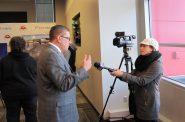 Dec 17th, 2025 by Bruce Murphy
Dec 17th, 2025 by Bruce Murphy
-
Top Health Care Exec Paid $25.7 Million
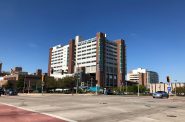 Dec 16th, 2025 by Bruce Murphy
Dec 16th, 2025 by Bruce Murphy
-
Milwaukee Mayor’s Power in Decline?
 Dec 10th, 2025 by Bruce Murphy
Dec 10th, 2025 by Bruce Murphy


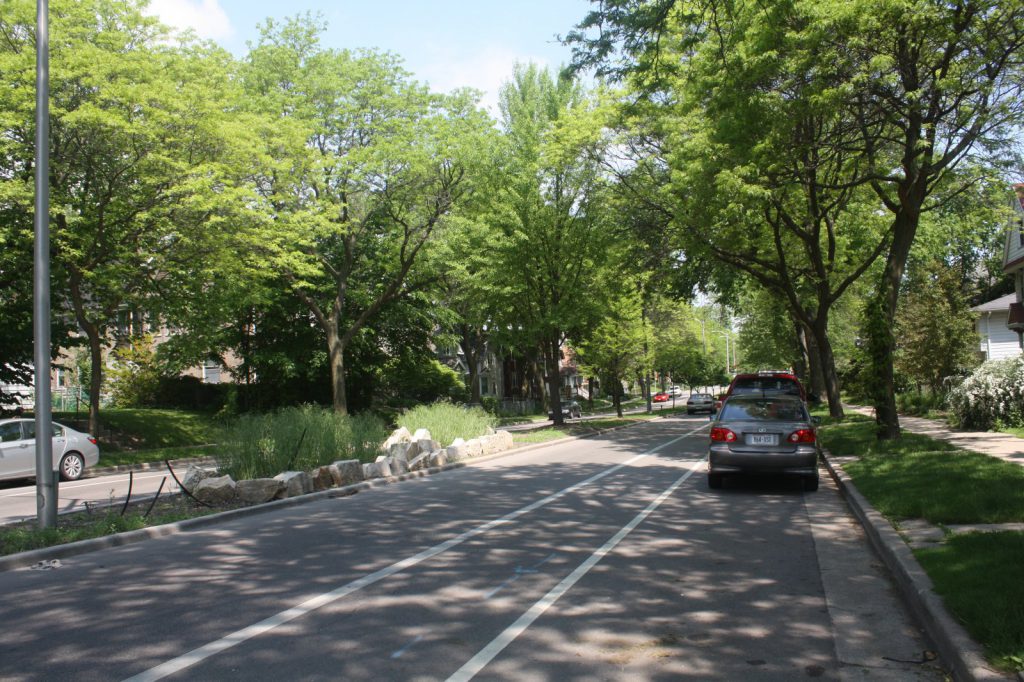


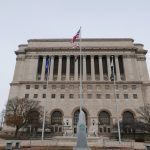





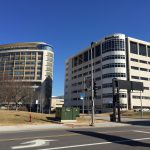










Great article! I have been more and more impressed by the City’s foresters. Thanks for shining a light on them.
I remember the giant elm trees that lined the streets of Milwaukee in the 1950′ and 1960’s. The tall canopy of trees grew from one side of the street to the other. Looking down the street was like looking down a giant tunnel. You couldn’t see the sky because the canopy was so thick.
My mother had us kids walk up and down the street to collect small twigs that fell from the trees. She used those twigs to start the fire in the gravity fed coal furnace in our basement. Those were the days when moms stayed at home to take care of the kids and life went by at less than 10 mph.
I remember when women wore red hats and you could watch a man dance for a nickle. Back in those days you could enjoy a nice loaf of German Rye and not have to say sorry!
Thanks for highlighting the important work of the city forestry department. When I moved to Milwaukee in the 70s, I thought it was absurd that a city needed a forester (something akin to a landlocked country having a Navy).
I quickly learned the value of forestry department’s work to our environment and quality of life.
While we have a decent canopy of street trees the lack of design/development standards that require street trees in new development is inexplicable, almost embarrassing. Too much of our street frontage is devoid of trees along new development, and too few opportunities are created / taken to introduce more than the minimum tree cover.